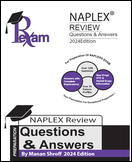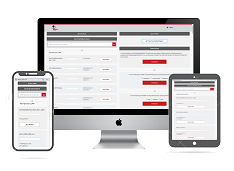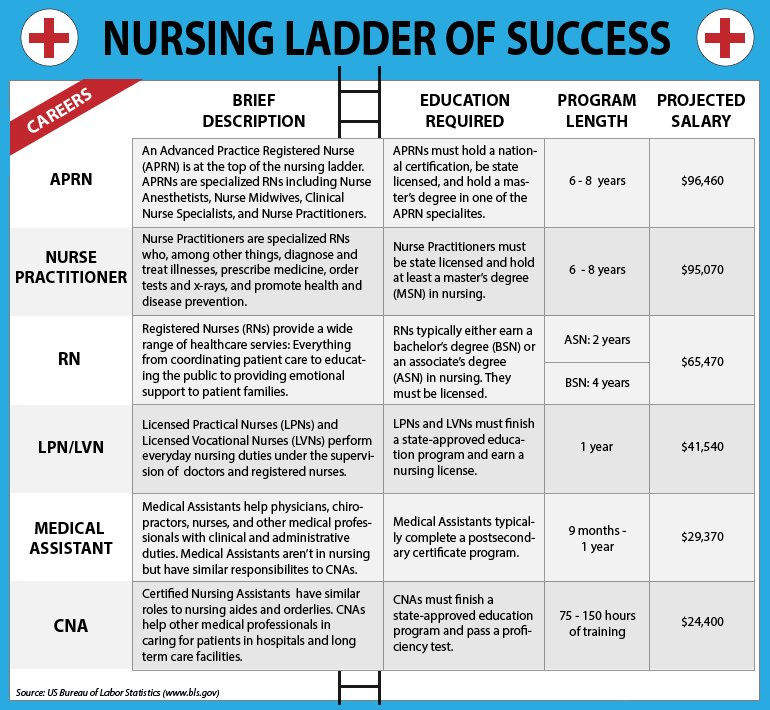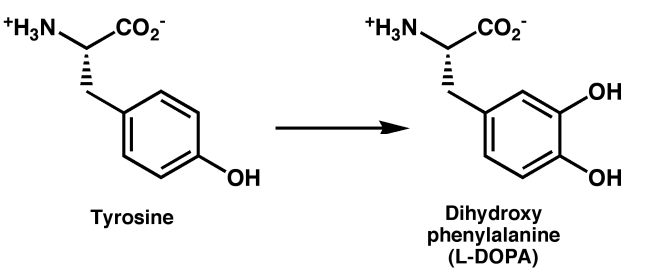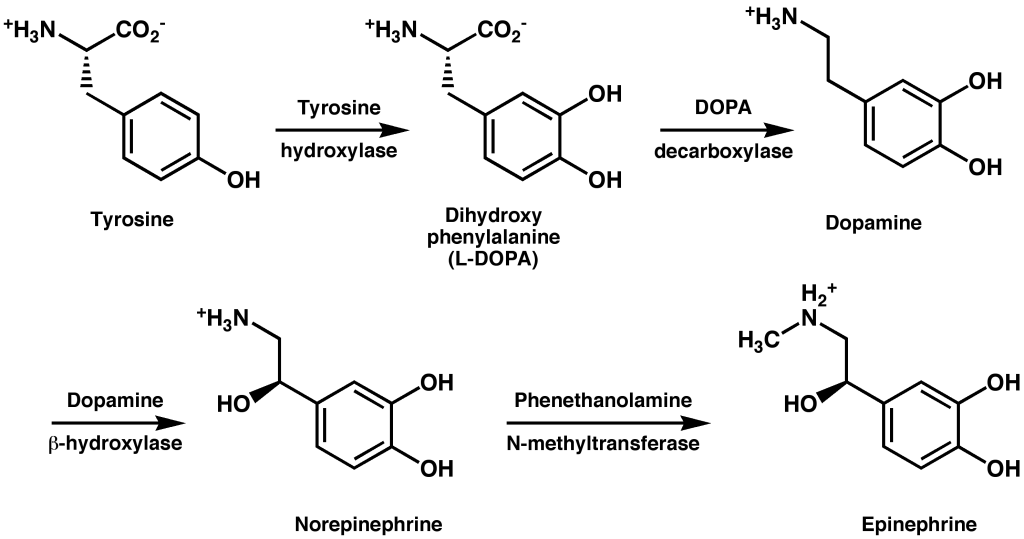
A 35-year-old man who is a regular patient of yours comes to your pharmacy counter with a new prescription. His shoulders appear tense and his eyebrows are knit tightly.
He says to you, “I can’t believe I have to fill another prescription today. I was just in three weeks ago and spent $75 dollars on some fancy new medication that didn’t do a darn thing!” What might be an appropriate active listening response to this patient?
a. It must be very frustrating to have to try something new.
b. It’s too bad we can’t take a prescription back for a refund.
c. I can provide you with a smaller quantity this time.
d. Your doctor is trying to find the best medication for you.
A 35-year-old man who is a regular patient of yours comes to your pharmacy counter with a new prescription. His shoulders appear tense and his eyebrows are knit tightly.
He says to you, “I can’t believe I have to fill another prescription today. I was just in three weeks ago and spent $75 dollars on some fancy new medication that didn’t do a darn thing!” What might be an appropriate active listening response to this patient?
a. It must be very frustrating to have to try something new.
b. It’s too bad we can't take a prescription back for a refund.
c. I can provide you with a smaller quantity this time.
d. Your doctor is trying to find the best medication for you.
Answer (a). It must be very frustrating to have to try something new. Answer “b” does not acknowledge the patient’s feelings; answer “c” moves to finding a solution without acknowledging the patient’s feelings and “d” is placating.


